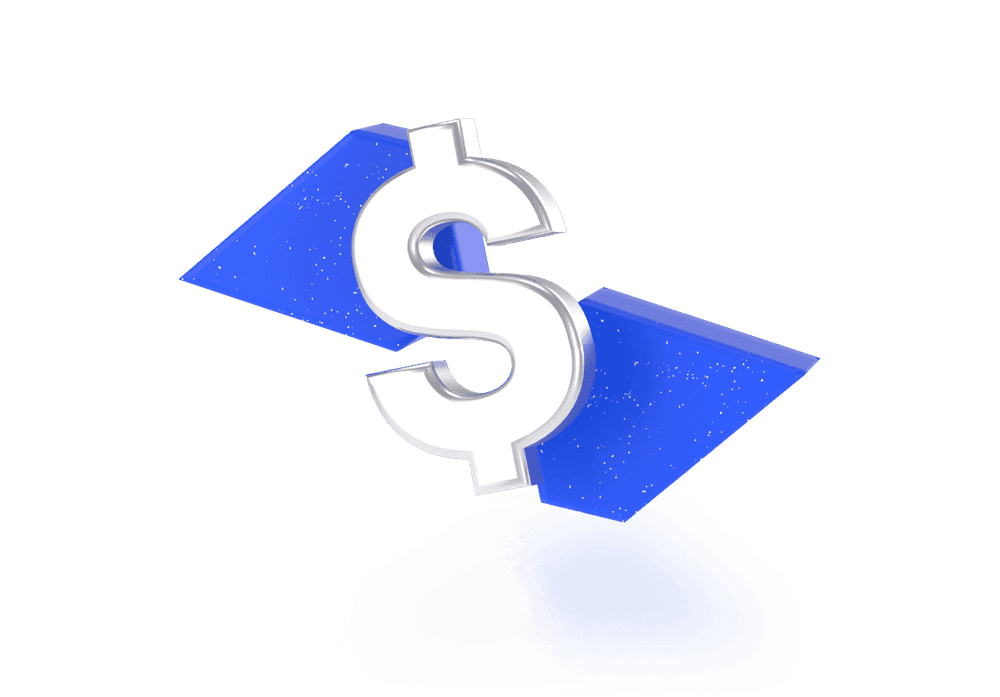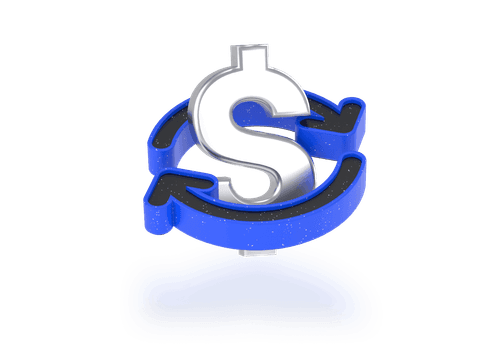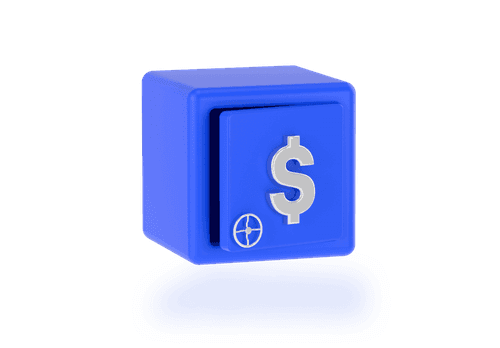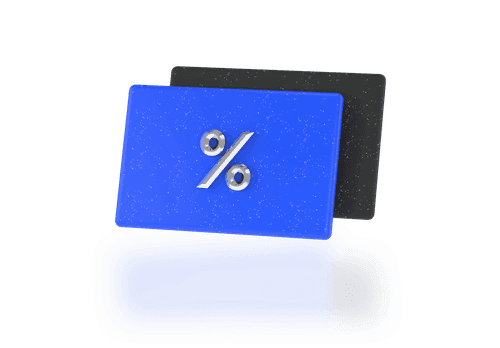Intermediate
Decoding IPOs: An Investor's Guide

An Initial Public Offering (IPO) signifies the initiation of offering shares from a privately held corporation to the public through a fresh stock issuance. This pivotal event enables a company to secure equity capital from the public investors.
The shift from a private entity to a publicly traded company holds immense significance, allowing private investors to fully actualize gains from their investments. Typically, this involves a share premium for existing private investors while providing an avenue for public investors to partake in the offering.
Understanding the Mechanism of an Initial Public Offering (IPO)
Before embarking on an IPO, a company operates in the private domain. In this pre-IPO phase, the company's ownership is relatively limited, comprising early investors like founders, family members, friends, and professional investors such as venture capitalists or angel investors.
For a company, an IPO marks a substantial leap, facilitating access to a significant pool of capital. This influx of funds enhances the company's capacity to expand and flourish. Additionally, the augmented transparency and credibility associated with being listed can contribute to securing favorable terms when seeking external financing.
Once a company deems itself ready to navigate the regulatory landscape of the SEC, along with embracing the responsibilities and advantages of having public shareholders, it signals its intent to go public.
This transition often occurs when a company attains a private valuation of around $1 billion, commonly referred to as achieving "unicorn" status. However, companies at varying valuations with robust fundamentals and proven profitability may also qualify for an IPO, contingent upon market conditions and their ability to meet listing criteria.
The pricing of IPO shares undergoes meticulous scrutiny through underwriting processes. As a company makes its public debut, the private ownership of shares converts into public ownership, and the value of existing private shareholders' shares aligns with the public trading price. Underwriting may also encompass special considerations for transitioning from private to public ownership.
In essence, the shift from private to public status is a crucial juncture for private investors to realize returns on their investments. Private shareholders can choose to retain their shares in the public market or sell a portion or the entirety of their holdings for profit.
Simultaneously, the public market unfolds a vast opportunity for myriad investors, both individual and institutional, to acquire shares in the company, thereby contributing to the shareholders' equity. The public, encompassing anyone with an interest in investing in the company, becomes an integral part of this dynamic.
Fundamentally, the quantity of shares a company offers and the corresponding sale price constitute the determinants of the company's newfound shareholders' equity value. While shareholders' equity remains representative of investor ownership in both private and public realms, an IPO substantially amplifies this equity through the infusion of cash from the primary issuance.
Steps to an Initial Public Offering (IPO)
- Proposals: Underwriters present comprehensive proposals and valuations, outlining their services, the optimal type of security to issue, the offering price, the quantity of shares, and the estimated time frame for the market offering.
- Underwriter: The company selects its underwriters and formally agrees to underwriting terms through a detailed underwriting agreement.
- Team: Specialized IPO teams are assembled, comprising underwriters, legal experts, certified public accountants (CPAs), and Securities and Exchange Commission (SEC) specialists.
- Documentation: Pertinent information about the company is gathered for the required IPO documentation. The primary filing document is the S-1 Registration Statement, consisting of two parts — the prospectus and the privately held filing information. The S-1 includes preliminary information about the expected filing date.
- Marketing & Updates: Marketing materials are crafted for the pre-marketing phase of the new stock issuance. Underwriters and executives actively market the share issuance to gauge demand and determine a final offering price. Financial analysis may be revised during this process, allowing for adjustments to the IPO price or issuance date. Companies take necessary measures to meet specific public share offering requirements, adhering to both exchange listing and SEC requirements for public companies.
- Board & Processes: Establish a board of directors and ensure processes are in place for reporting auditable financial and accounting information on a quarterly basis.
- Shares Issued: On the IPO date, the company releases its shares. Capital from the primary issuance to shareholders is received as cash and is documented as stockholders' equity on the balance sheet. The balance sheet share value subsequently becomes contingent on the comprehensive stockholders' equity per share valuation of the company.
- Post IPO: Certain provisions may be instituted post-IPO. Underwriters might have a specified time frame to purchase an additional amount of shares after the initial public offering (IPO) date. Meanwhile, specific investors may be subject to quiet periods.
Investing in IPOs
Investing in an Initial Public Offering (IPO) can be a strategic move for those eyeing opportunities in the stock market entry. When a company opts for an IPO to raise capital, it is after a meticulous analysis, considering that this exit strategy will not only maximize returns for early investors but also garner significant capital for the business. Consequently, the decision to go public suggests high prospects for future growth, attracting a multitude of public investors eager to acquire shares for the first time.
Investing in IPOs is particularly enticing as these offerings are typically discounted to ensure robust sales, drawing in a substantial number of buyers during the primary issuance. The initial price of the IPO is usually established by underwriters through their pre-marketing process, primarily based on the valuation of the company using fundamental techniques, such as discounted cash flow — a calculation of the net present value of expected future cash flows.
Underwriters and interested investors evaluate this value on a per-share basis, considering other methods like equity value, enterprise value, and comparable firm adjustments for setting the price. While factoring in demand, company valuation is pivotal, and underwriters often discount the price to ensure a successful IPO day.
Analyzing the fundamentals and technicalities of an IPO issuance can be challenging. Investors often rely on news headlines, but the key source of information should be the prospectus, available when the company files its S-1 Registration. The stock market entry journey involves careful scrutiny of the prospectus, emphasizing the management team's commentary, the quality of underwriters, and the specifics of the deal. Successful IPOs are usually backed by prominent investment banks capable of effectively promoting a new issue.
The road to an IPO is lengthy, and public investors building interest can monitor developing headlines and other information along the way to supplement their assessment of the best and potential offering price.
During the pre-marketing process, which includes demand from large private accredited investors and institutional investors, the influence on the IPO’s opening day is substantial. Investors in the public, however, only become actively involved on the final offering day. All investors can participate, but individual investors specifically need trading access. The common route for an individual investor to secure shares is by having an account with a brokerage platform that has received an allocation and is willing to share it with its clients.
Conclusion
The journey from a private entity to a publicly traded company through an Initial Public Offering (IPO) is a strategic move that involves meticulous planning and analysis.
Investors considering participation in an IPO navigate a complex landscape of company valuations, underwriting dynamics, and the pre-marketing process. Successful IPOs are often championed by major investment banks, emphasizing the importance of strategic alliances in the process.
Notable examples of the most significant IPOs underscore the transformative power of going public. Companies like Alibaba, Facebook, and Google parent company Alphabet have not only reshaped industries but have also become household names, showcasing the immense potential unlocked through a well-executed IPO.



















